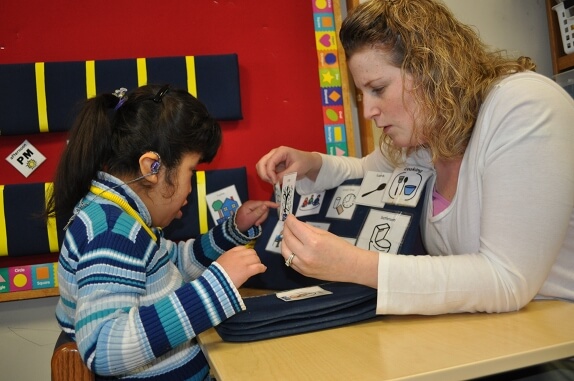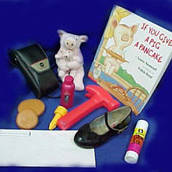Overview
Multiple Disabilities
Literacy is much more than learning to read, whether in braille or print, as it begins with an understanding of one’s environment, including people, activities, and routines. Learning to communicate about these experiences may be through speech, sign language, objects, or some combination of these. How can you modify literacy activities to make them accessible to all?







